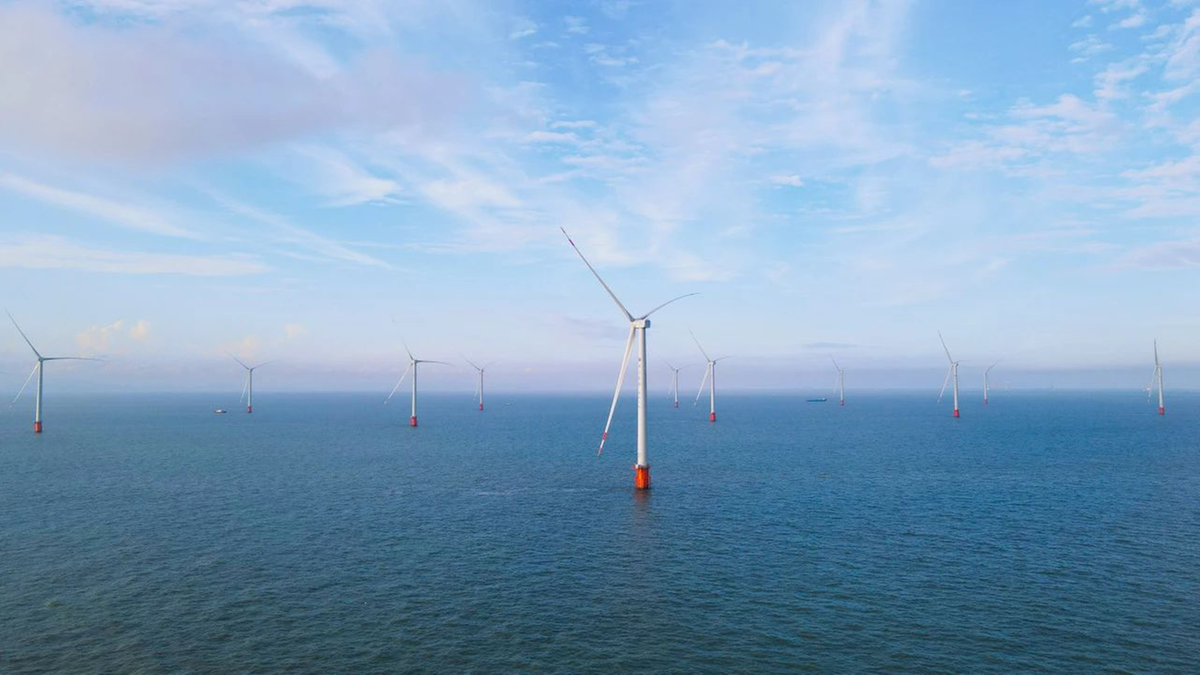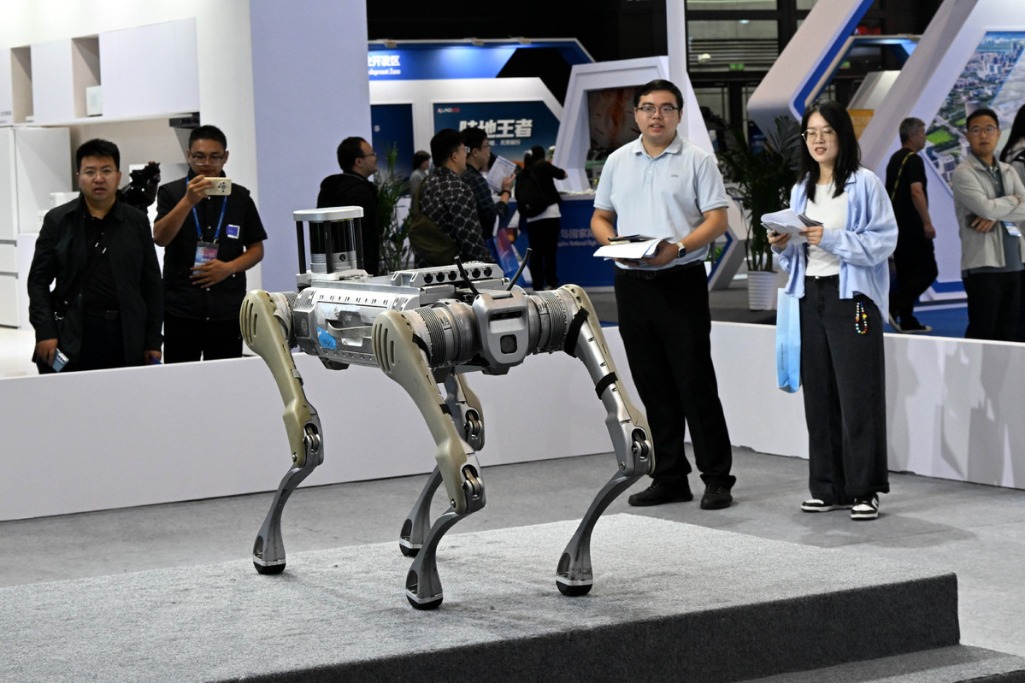Power supplier lets wind from the sea light millions of homes


The whole project involves the construction of 36 new transmission line towers, spanning 13.27 kilometers with a double-circuit setup, and the transmission lines cost some 83.74 million yuan ($14.96 million), Zhu said.
As a significant construction project during the 14th Five-Year Plan (2021-25) period in Zhejiang province, Zhejiang Energy Taizhou No 1 Offshore Wind Farm is a crucial initiative for Taizhou to fully implement a new concept for development and contribute to realizing the dual goals of peaking carbon dioxide emissions before 2030 and achieving carbon neutrality before 2060.
The offshore wind farm is also the largest single-unit installed capacity clean energy generation project in the coastal area of Taizhou, Zhu said.
Located on the north side of Queer'ao Island in Taizhou Bay, the project has a total investment of 5.2 billion yuan, with the main construction including offshore wind turbines with a total installed capacity of 300,000 kilowatt-hours, supporting the construction of a 220 kV offshore booster station and an onshore centralized control center.
"The wind power passes through the offshore metering station and then through the booster station, supplying electricity to our power grid, delivering clean energy to millions of households and providing green energy for the local economic and social development," said Yang Ping, owner project manager at the Project Management Center of State Grid Taizhou Power Supply Co.
During holidays and crucial periods for peak demand in winter, the company would enhance the application of new technologies, bolstering the efficiency and quality of unmanned aerial vehicle inspections in the main and auxiliary power distribution networks, he said.
Through the use of digital new technologies, the company improved the efficiency of front-line personnel inspections, thereby elevating the operational safety of the power grid, he said.
According to Zhu, the Zhejiang Energy Taizhou No 1 Offshore Wind Farm project will be completed early next year and put into operation, generating an annual output of 1 billion kilowatt-hours.
This will help save some 300,900 metric tons of standard coal each year, in addition to a reduction of 624,400 tons of carbon dioxide emissions, and a conservation of 2.69 million cubic meters of fresh water, she said.




































